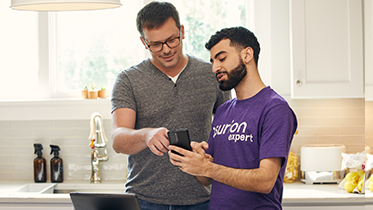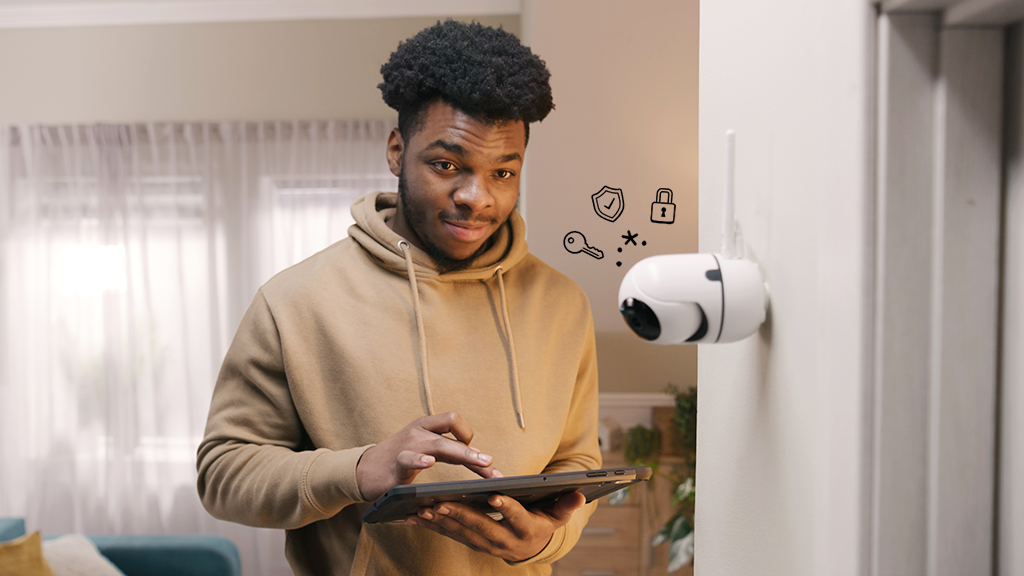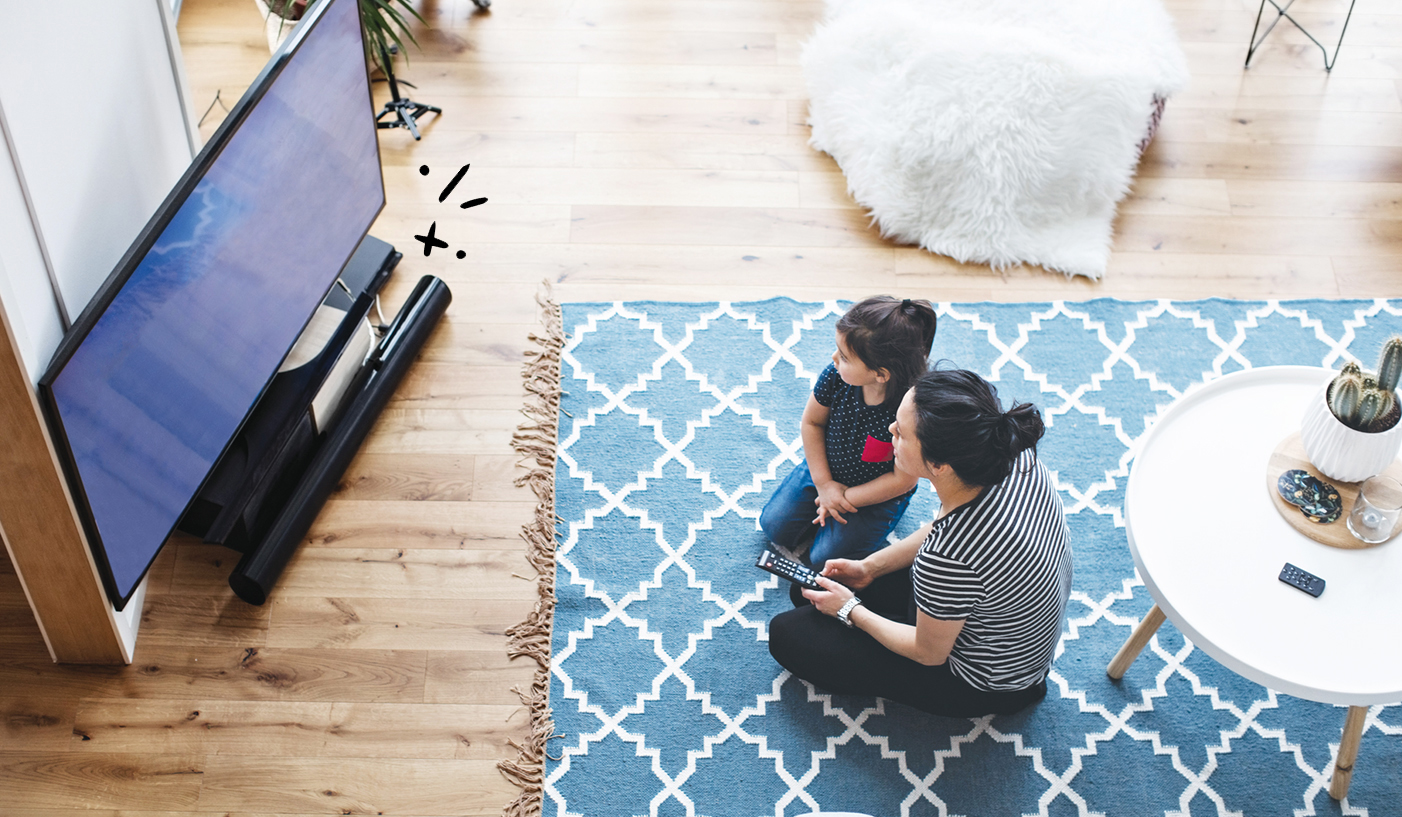It's a frustrating situation: You have work to do, but your Dell® Chromebook™ is on the fritz. No matter how many times you try, it just won't power on. Don't worry—it may not be time for an upgrade just yet. Several solutions can help when your Chromebook won't turn on.
Asurion Experts help our millions of customers daily. Whether it's protecting your devices from the unexpected with Asurion Home+® or assisting with Chromebook repairs, we're here for you. Here's how we recommend resolving a Dell Chromebook startup issue.
Common reasons why Dell Chromebooks won't turn on
You're wondering, "Why won't my Chromebook turn on?" Some of the causes may include:
- Faulty charger or cable: The interior wiring of a cable or charging brick can go bad.
- Loose or damaged charging port: The charging port on your Chromebook may detach or loosen, making it impossible to charge.
- Battery issues: A Chromebook's battery may deteriorate over time and require a replacement.
How to troubleshoot a Chromebook that won't turn on
There are a few ways to fix a Chromebook not turning on—and not all of them require a trip to the repair store. Try these out to see if they fix the problem.
Check the power supply
Take a look at your Chromebook's power cords. Are they properly connected between the device and a power outlet? Confirm that the charging cord is fully inserted into your Chromebook and that its plug is in the wall outlet.
Also, check the cords of your Chromebook's power supply box. The power supply box is a rectangular box that connects to the charging cords. Sometimes, the cables connecting the power supply box come loose, so make sure they're securely attached.
If you notice any obvious damage to the power cord, like exposed wiring, replace it. Using a damaged cord can cause power surges that damage your Chromebook and are also a fire hazard.
Perform a hard reset
Make sure your Chromebook is entirely off. Then:
- Press and hold the Refresh button while you press Power.
- After the Chromebook turns on, release the Refresh button.
A hard reset may result in the loss of any recent files saved to your Downloads folder. However, it shouldn't impact other stored data.
Inspect battery and charging port
The Chromebook's charging port is the circular hole that connects your device to the power supply. Examine it for any dust and debris. A toothpick can clear out any dirt buildup surrounding the port. For a deeper clean, try using a can of compressed air to blow out interior dust and grime.
If you're able to turn the Chromebook on, check the battery health.
- Hold the CTRL + ALT + T keys to open the Chrome OS developer shell.
- Type 'battery test' and hit the Enter key.
- View the battery's health as a percentage.
- Consider replacing the battery if its health falls below 50%.
Look for damage
A Chromebook may have visible signs of damage. Look for any swelling of the device's keyboard, as that may indicate a defective battery. Leaking battery fluid is another definitive sign it needs replacement.
If you recently dropped your Chromebook or caused any other type of physical damage to the device, damage to its internal components may prevent it from turning on.
Boot in recovery mode
Rebooting your Chromebook in recovery mode resolves any software or hardware conflicts that cause charging issues. However, it restores your Chromebook back to its factory settings, and you'll lose any files saved on the device. Before attempting this method, it's best to save any important files on an external hard drive or in the cloud.
- Press and hold down the CTRL + ALT + SHIFT + R keys at once.
- Click Restart.
- Select Powerwash > Continue from the box that appears on your device.
Update the Chromebook's BIOS
Sometimes, software or hardware changes to a Chromebook can impact its usual startup. Using these steps, you can reset the Basic Input/Output System (BIOS) to its original settings.
- Make sure the Chromebook is powered off.
- Press and hold the Power button and Escape keys.
- Release the Power button.
- Press the Refresh key.
This should bring you to the BIOS menu. Look for the 'Reset to Default' option and select it. The system will shut down and restart using factory settings.





